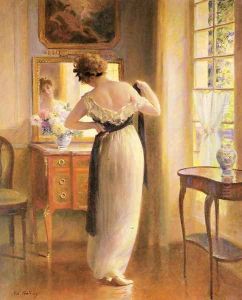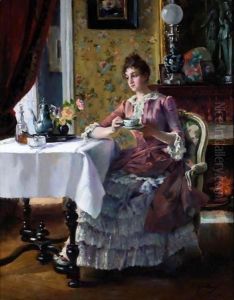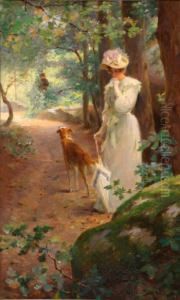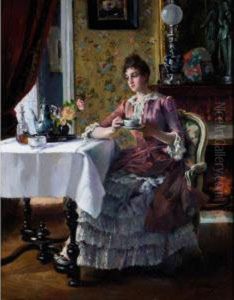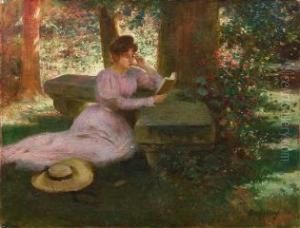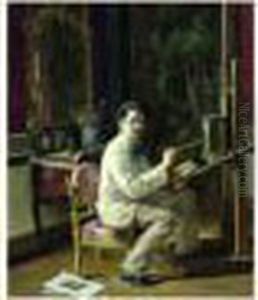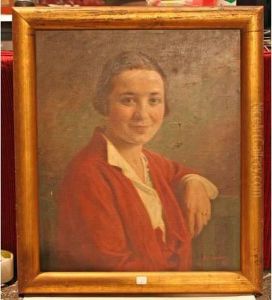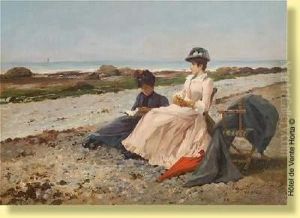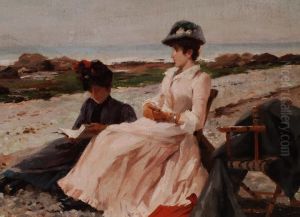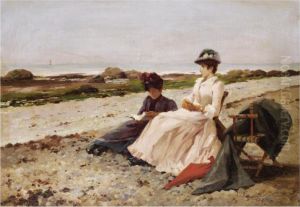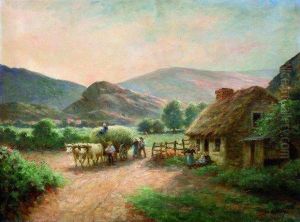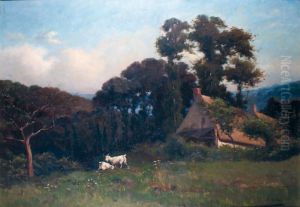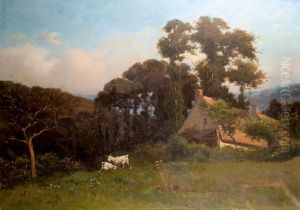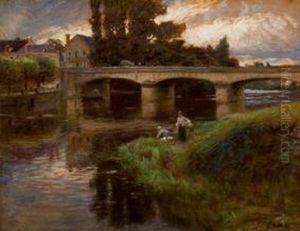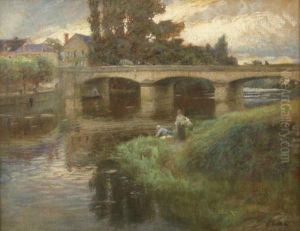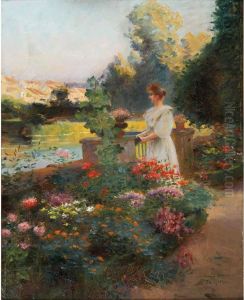Edouard Gelhay Paintings
Édouard Gelhay was a Belgian artist, born in 1865 and passing away in 1938. His life and work spanned the transition from the 19th to the 20th century, a period rich in changes in the art world. Gelhay, though not as widely recognized as some of his contemporaries, played a significant role in the Belgian art scene of his time.
Gelhay was primarily known for his landscape paintings, which often captured the serene beauty of the Belgian countryside. His approach to painting was traditional, focusing on meticulous detail, balanced compositions, and a gentle, often muted color palette. These characteristics made his works highly appreciated among art collectors and enthusiasts who favored the tranquility and nostalgia of rural scenes.
Apart from landscapes, Gelhay also explored other subjects such as still lifes and portraits, showcasing his versatility as an artist. His style, while rooted in realism, occasionally hinted at the early influences of Impressionism, especially in his treatment of light and texture. This blend of styles placed Gelhay's work in a unique position, bridging the gap between the academic art traditions of the 19th century and the emerging modernist movements of the 20th century.
Despite his contributions to Belgian art, Édouard Gelhay's name is often overshadowed by more prominent figures of his era. However, his artworks remain cherished by those who appreciate the quiet beauty of his landscapes and the skillful execution of his scenes. Today, Gelhay's paintings can be found in various art collections, both in Belgium and internationally, continuing to offer a glimpse into the serene and picturesque rural life of his homeland.
